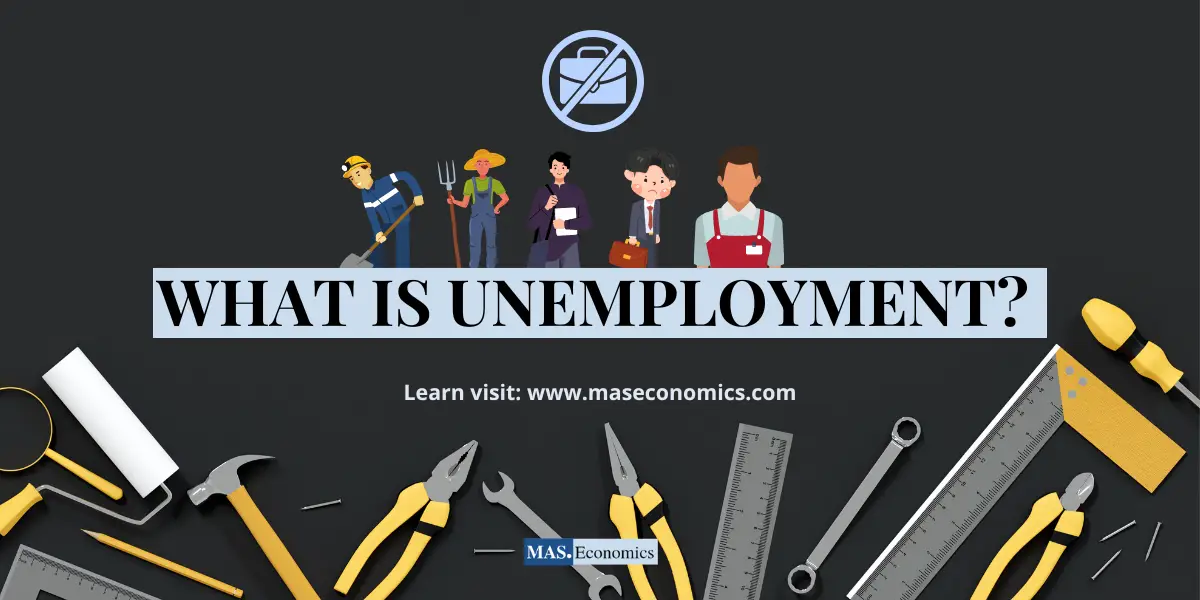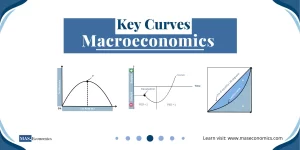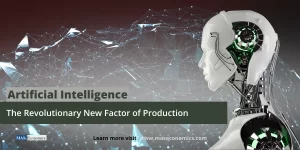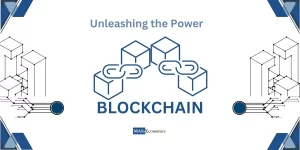Welcome to MASEconomics! Ever wonder why finding a job can be tricky? Today we’re talking about unemployment – what it is and why it matters. Let’s dive in!
What is Unemployment?
Unemployment refers to a situation where individuals who are actively seeking employment are unable to find work. The unemployment rate, a key economic indicator, is calculated by dividing the number of unemployed people by the total number of people in the labor force, expressed as a percentage:
Unemployment rate = (Number of unemployed people / Total labor force) × 100
The labor force consists of all employed and unemployed people within an economy. Another important concept is the labor force participation rate, which represents the proportion of the working-age population that is either employed or actively seeking employment. It is calculated as follows:
Labor force participation rate = (Labor force / Total working-age population) × 100
Understanding these concepts is essential for assessing the overall health of an economy and identifying potential issues in the job market.

Types of Unemployment
Frictional Unemployment
Frictional unemployment occurs when individuals are transitioning between jobs or entering the workforce for the first time. It is a natural part of the job search process and is usually short-term. Causes include voluntary resignations, job searches after graduation, and relocation. While frictional unemployment is generally not a cause for concern, governments can help reduce it through job search assistance programs and by providing accessible information about job openings.
Examples of frictional unemployment:
- A recent college graduate searching for their first job
- An employee who quits their job to find a better opportunity
- A worker who relocates to a new city and is looking for employment
Structural Unemployment
Structural unemployment happens when there is a mismatch between the skills and qualifications of job seekers and the requirements of available jobs. This can be due to technological advancements, changes in industry structure, or shifts in the global economy. For example, as automation becomes more prevalent, some manual labor jobs may become obsolete, leading to structural unemployment for workers with outdated skills. Addressing structural unemployment often requires significant investments in education and training programs to help workers adapt to new job market demands.
Examples of structural unemployment:
- Coal miners losing their jobs due to the shift towards renewable energy
- Manufacturing workers being replaced by automated systems
- Retail employees facing job losses as e-commerce grows in popularity
Cyclical Unemployment
Cyclical unemployment is tied to the overall state of the economy and fluctuates with the business cycle. During economic downturns or recessions, decreased consumer demand leads to reduced production and, consequently, job losses. Conversely, during periods of economic growth, increased demand for goods and services leads to job creation and lower unemployment. Governments can help mitigate cyclical unemployment through fiscal and monetary policies designed to stimulate economic growth and support businesses during downturns.
Examples of cyclical unemployment:
- Job losses during the 2008 financial crisis
- Increased unemployment during the COVID-19 pandemic due to lockdowns and reduced consumer spending
Seasonal Unemployment
Seasonal unemployment occurs due to predictable changes in labor demand throughout the year, often in industries such as agriculture, tourism, and retail. For example, ski resorts may hire many workers during the winter months but lay them off during the off-season. Strategies to address seasonal unemployment include encouraging diversification within affected industries and providing temporary income support for workers during off-seasons.
Examples of seasonal unemployment:
- Farm workers facing unemployment during the winter months
- Beach resort employees being laid off during the low tourist season
Classical Unemployment
Classical unemployment, also known as real-wage unemployment, occurs when real wages are too high for employers to profitably hire additional workers. This can happen due to minimum wage laws, collective bargaining agreements, or efficiency wages. To reduce classical unemployment, policymakers may need to re-evaluate minimum wage levels and work with employers and labor unions to ensure that wage agreements align with market realities.
Technological Unemployment
Technological unemployment is caused by technological advancements that replace human labor with machines or automated processes. As technology continues to evolve, some jobs may become obsolete, leading to job losses in certain sectors. However, technological progress can also create new jobs and industries. To address technological unemployment, governments and organizations must invest in education and training programs that help workers develop the skills needed for emerging industries and adapt to the changing job market.
Examples of technological unemployment:
- Self-checkout systems replacing cashiers in supermarkets
- Autonomous vehicles potentially displacing truck and taxi drivers
Underemployment
Underemployment refers to a situation where individuals are employed but not to their full capacity or skill level. This can include part-time workers who would prefer full-time positions, or highly skilled workers in jobs that do not fully utilize their abilities. Underemployment can lead to lower job satisfaction, reduced income, and slower career progression.
Examples of underemployment:
- A mechanical engineer working as a sales representative
- An involuntary part-time worker who desires full-time employment
Limitations of Unemployment Rates
While the traditional unemployment rate is the most widely used measure of unemployment, it has some limitations. The official unemployment rate does not account for underemployment, which includes part-time workers who would prefer full-time work and workers who are overqualified for their current jobs. Additionally, the unemployment rate does not include discouraged workers who have given up looking for work due to a lack of opportunities.
Alternative measures, such as the U-6 unemployment rate, provide a more comprehensive picture by including underemployed and discouraged workers. Another important concept is hidden unemployment, which refers to individuals who are not captured in official unemployment statistics but are not working to their full potential, such as those in the informal sector or those who have taken early retirement due to a lack of job prospects.
To gain a more accurate understanding of labor market conditions, policymakers and analysts should consider a range of unemployment measures and indicators, including the traditional unemployment rate, alternative measures like the U-6 rate, and data on labor force participation and underemployment.
Economic Implications of Unemployment
High levels of unemployment can have far-reaching economic consequences. When many people are unemployed, consumer spending decreases, leading to reduced demand for goods and services. This, in turn, can lead to further job losses as businesses struggle to maintain profitability, creating a vicious cycle of declining economic activity.
Unemployment also contributes to income inequality and poverty, as job losses disproportionately affect lower-income and less-educated workers. The social implications of unemployment can be significant, including increased stress, mental health issues, and strained family and community relationships.
Moreover, high unemployment rates can lead to reduced tax revenues for governments, as fewer people are earning taxable income. This can strain government budgets and limit resources available for crucial public services and investments in education, infrastructure, and social programs.
Policy Responses and Solutions
Addressing unemployment requires a multi-pronged approach that involves collaboration between governments, businesses, and educational institutions. Some potential policy responses and solutions include:
Fiscal Policies
During economic downturns, governments can implement expansionary fiscal policies, such as increasing government spending on infrastructure projects and providing tax incentives for businesses to invest and hire more workers. These policies can help stimulate demand and create jobs in the short term.
Monetary Policies
Central banks can use monetary policy tools, such as lowering interest rates, to encourage borrowing and investment, which can help stimulate economic growth and job creation. However, the effectiveness of monetary policy may be limited during severe recessions or when interest rates are already low.
Job Training and Education Programs
Investing in job training and education programs can help workers develop the skills needed to adapt to changing job market demands and reduce structural unemployment. These programs can include vocational training, apprenticeships, and partnerships between educational institutions and employers to ensure that curricula align with industry needs.
Support for Small and Medium-sized Enterprises (SMEs)
SMEs are significant job creators in many economies. Providing support for SMEs, such as access to financing, tax incentives, and reduced regulatory burdens, can help these businesses grow and hire more workers.
Encouraging Entrepreneurship
Fostering an environment that supports entrepreneurship can lead to job creation and economic growth. Governments can provide funding, mentorship, and other resources to help entrepreneurs start and grow their businesses.
Conclusion
Unemployment is a complex issue that affects individuals, communities, and economies worldwide. By understanding the different types of unemployment, their causes, and their implications, we can develop more effective solutions and policy responses to address this pressing challenge.
Thanks for reading! Unemployment is decoded, share the knowledge with friends and spread it on social media!
Happy learning with MASEconomics




